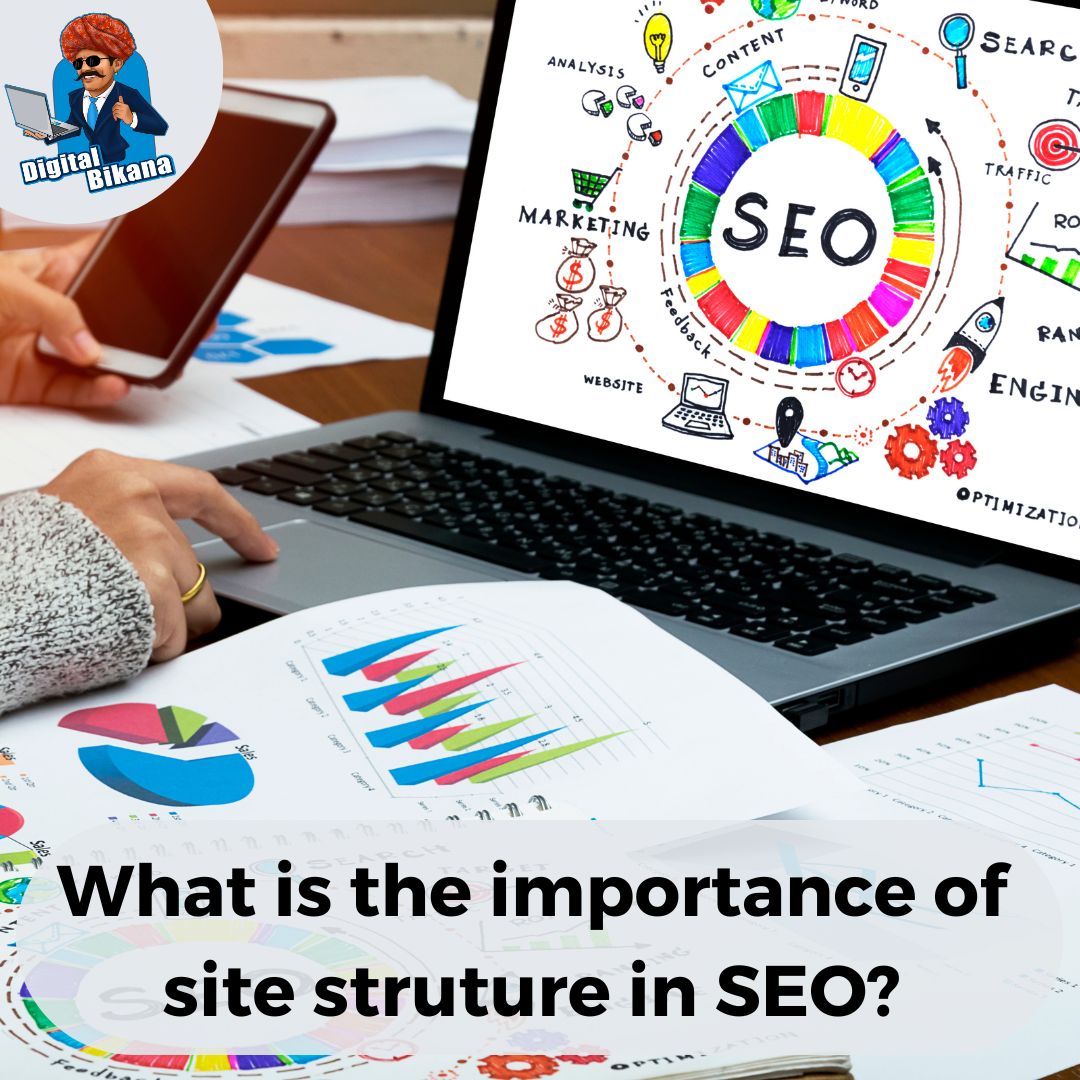What is the Importance of Site Structure in SEO?
In this article we are going to talk about Importance of site structure in SEO? In the realm of search engine optimization (SEO), site structure plays a vital role in determining the visibility, crawlability, and user experience of a website. A well-organized and logical site structure not only helps search engines understand and index your content effectively but also enhances user navigation and engagement. In this comprehensive guide, we will explore the importance of site structure in SEO and provide practical tips on how to optimize your website’s structure for improved search rankings and user satisfaction.
What is the Importance of Site Structure in SEO?
1. Understanding Site Structure
Site structure refers to the organization and hierarchy of web pages within a website. It determines how content is categorized, grouped, and linked together. An optimized site structure provides a clear roadmap for search engines to discover, index, and rank your content accurately.
2. Benefits of a Well-Structured Website
A well-structured website offers several benefits for both search engines and users:
a) Enhanced Crawling and Indexing
A logical site structure makes it easier for search engine crawlers to navigate and understand your website’s content. It helps ensure that all relevant pages are discovered, indexed, and appropriately ranked in search results.
b) Improved User Experience
A well-organized site structure enhances user experience by providing intuitive navigation, making it easier for visitors to find the information they seek. Clear categories, menus, and internal links help users navigate your site seamlessly, leading to increased engagement and reduced bounce rates.
c) Effective Internal Linking
A well-structured website allows for strategic internal linking. Internal links connect related content, distribute authority throughout the site, and assist search engines in understanding the relationship between different pages.
Read Also: What is the Difference between White Hat and Black Hat SEO Techniques?
d) Targeted Keyword Optimization
A structured site architecture allows you to optimize specific sections or categories of your website for targeted keywords. This helps search engines understand the relevance and context of each page, leading to improved search rankings for relevant queries.

3. Tips for Optimizing Site Structure
a) Plan Your Website Hierarchy
Start by outlining the main categories or sections of your website. Consider the logical flow of information and group related content together. Create a hierarchical structure with a clear main navigation menu that reflects the organization of your content.
b) Use Descriptive URLs
Ensure that your URLs are descriptive and contain relevant keywords. Use hyphens to separate words and make them readable and user-friendly.
c) Implement a Flat Structure
Avoid creating unnecessary layers or excessive depth in your site structure. Aim for a flat hierarchy where each page is easily accessible within a few clicks from the homepage. This ensures that search engines can crawl and index your content more efficiently.
Read Also: What is the Role of Anchor Text in SEO?
d) Create a Sitemap
A sitemap is a file that lists all the pages on your website. It provides search engines with a clear understanding of your website’s organization and hierarchical layout. Generate an XML sitemap and submit it to search engines to facilitate crawling and indexing.
e) Optimize Navigation Menus
Design intuitive navigation menus that are easy to understand and use. Utilize descriptive labels and arrange menu items in a logical manner to ensure user-friendly navigation. Include important categories or pages in the main menu for easy access.
f) Utilize Breadcrumb Navigation
Breadcrumb navigation provides additional context and helps users understand their current location within your website. It also facilitates easy navigation and encourages users to explore related content.
You can also checkout this digital marketing institute to learn digital marketing course by enrolling in our course Or Contact Digital Bikana on +91-8949483728
g) Implement Internal Linking
Strategically link related pages within your website using descriptive anchor text. Internal linking assists search engines in comprehending the significance and structural organization of your content. It also improves user navigation and encourages deeper engagement.
h) Mobile-Friendly Design
With the increasing use of mobile devices, it is crucial to ensure that your site structure is mobile-friendly. Optimize your site for responsiveness and provide a seamless user experience across different devices.
i) Monitor and Improve
Regularly analyze your site’s performance using web analytics tools. Monitor user behavior, engagement metrics, and search rankings to identify areas for improvement. Make necessary adjustments to your site structure based on the insights gathered.

Conclusion:
A well-optimized site structure is a critical component of successful SEO. It facilitates efficient crawling and indexing by search engines, enhances user experience, and improves the overall visibility and rankings of your website. By planning a logical hierarchy, optimizing navigation, implementing internal linking, and regularly monitoring your site’s performance, you can ensure that your website is structured in a way that maximizes its potential for search engine visibility and user satisfaction. Invest time and effort in optimizing your site structure, and you will reap the rewards of improved search rankings, increased organic traffic, and better user engagement. So, Now I hope you have understood about What is the Importance of Site Structure in SEO?

